
Silos, Politics and Turf Wars
A Leadership Fable About Destroying the Barriers That Turn Colleagues Into Competitors
Recommendation
Patrick Lencioni strikes an appealing tone in this fable about a genuinely good-hearted consultant who wants to help companies function better and show their people how to get along. His core message is that while many forces compel people to group into silos and fight each other, a leader can unify them around a common goal. It’s a good message, even a sensible and enlightening one. While you are reading this book, resolving these situations seems quite possible - and in many cases, it well may be. getAbstract, therefore, recommends this book to companies that are plagued by internal warfare. However, for some of them, it will serve only as an inspiration and a starting point, because its simplified structure does not address certain key issues. Fundamentally, since many of the fable’s examples emerge from unified meetings, what happens if your managers are so fractious you literally can’t get the whole team in the same room? Even more daunting, what if your leaders meet but cannot agree on a thematic goal? Since some management teams disagree about day-to-day functions, they’ll certainly have a tough time once individual silos are cemented in place. So, if you have sophisticated problems to solve, this book could be sort of hit or myth.
Summary
About the Author
Patrick Lencioni is president of a consultancy he founded in 1997. A frequent public speaker, Lencioni has written several other bestselling business books, including The Five Dysfunctions of a Team.



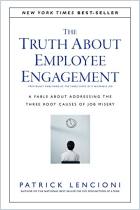


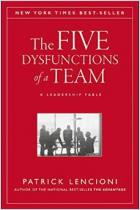

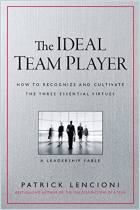






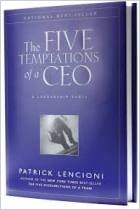

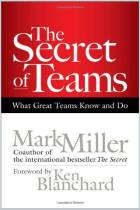











Comment on this summary